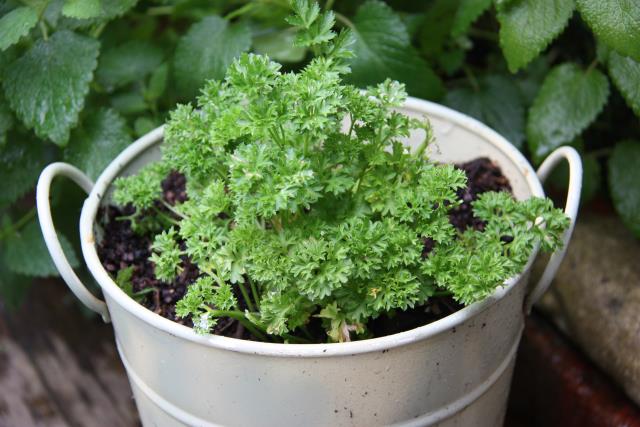Melbourne Water said it is taking urgent steps to improve the health of waterways and catchments to boost populations of threatened wildlife and safeguard greater Melbourne’s biodiversity.
The steps include The Healthy Waterways Strategy 2018- 2028, which it said aims to bring together an integrated framework for managing waterways, across five major catchments within the Port Phillip and Western Port region.
These include Maribyrnong, Werribee, Yarra, Dandenong, and Westernport.
Melbourne Water said to meet the challenges of a drying climate and the demands of a growing population, predictive research modelling is being used to understand platypus.
This being where they live, how they might fare under urban growth and climate change and the type of management actions that can be taken to protect them into the future.
Manager Waterways & Wetlands Research Rhys Coleman said, “Our platypus research is helping conservation efforts throughout Greater Melbourne which in turn will protect these iconic mammals.
“We are fortunate to still have platypus in several of our waterways and in some cases, within urban areas.”
Platypus monitoring will use netting to capture animals, and the research will include the use environmental DNA technology that measures traces of DNA in water samples to determine the presence of platypus populations in our waterways without having to disturb them.
“The platypus has been recently classified as near threatened in Victoria and our researchers are using real time techniques to determine how threats like climate change, water availability, riverbank condition, predators, and population growth can guide further environmental works.
“By incorporating predictive forecasting with data analysis, we can create an integrated system to deliver accurate monitoring and forecasting to track early warning impacts to our platypus populations,” he said.
Melbourne Water said many platypus populations in Victoria intersect with greater Melbourne’s peri-urban areas where population growth and urban sprawl has impacted on the waterways they rely on for habitat.
This long-term strategy aims to make rivers and creeks healthier for future generations of Melbournians, including improving the quality and extent of habitat for native wildlife.







